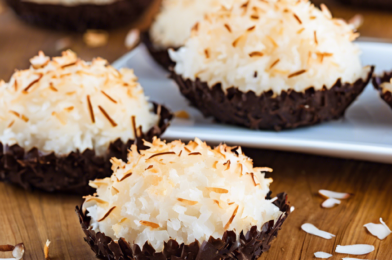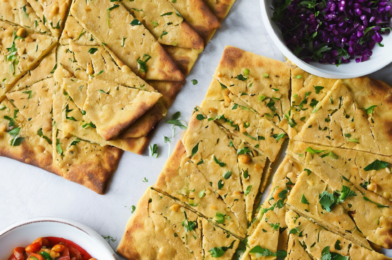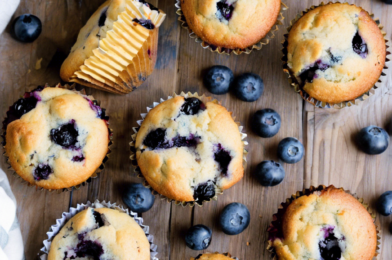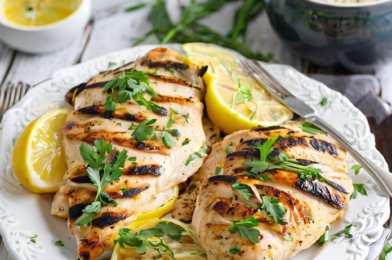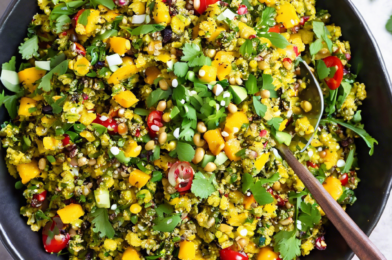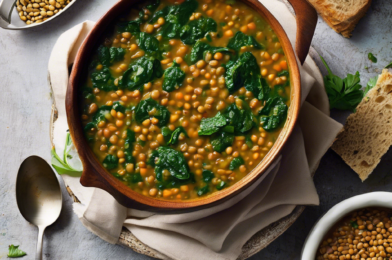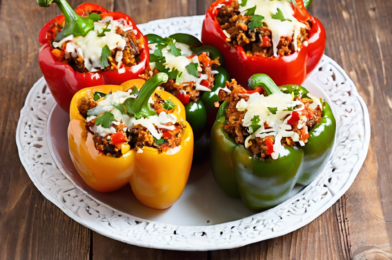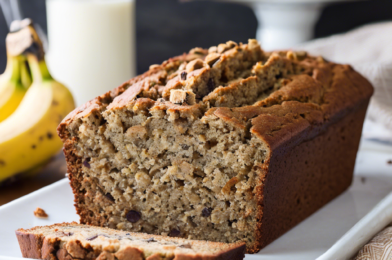On a lazy Sunday afternoon, as I watched the golden rays of the sun filter through my kitchen window, the idea of baking something sweet and delightful struck me. I had recently come across a recipe for coconut macaroons, and it seemed like the perfect treat to indulge in. With a few simple ingredients and minimal preparation, these little morsels promised to deliver a burst of flavor and texture that would please any palate. As the macaroons baked, the aroma of toasted coconut filled the air, drawing my family from their various corners of the house to the kitchen. Their anticipation was palpable, and I was hopeful that this recipe would become a new family favorite.
Ingredients
Creating the perfect coconut macaroons requires just a handful of ingredients, most of which you might already have in your pantry. Here’s what you’ll need:
- 14 ounces of sweetened shredded coconut
- 14 ounces of sweetened condensed milk
- 1 teaspoon of pure vanilla extract
- 2 large egg whites, at room temperature
- A pinch of salt
These ingredients combine to form the quintessential coconut macaroon, characterized by its chewy texture and rich, nutty flavor. The sweetened shredded coconut is the star of the show, providing not only flavor but also a delightful texture that is both chewy and crisp at the edges. The sweetened condensed milk acts as a binding agent, ensuring that each macaroon holds together perfectly. The vanilla extract adds a touch of warmth and depth, while the egg whites and salt bring balance and structure to the mix.
Instructions
Making coconut macaroons is a straightforward process that even novice bakers can master with ease. Here’s a step-by-step guide to help you create these delicious treats:
- Preheat your oven: Start by preheating your oven to 325°F (163°C). Line two baking sheets with parchment paper to prevent the macaroons from sticking.
- Mix the coconut and sweetened condensed milk: In a large mixing bowl, combine the sweetened shredded coconut and sweetened condensed milk. Stir until the coconut is evenly coated.
- Add vanilla extract: Stir in the vanilla extract, ensuring it is well-distributed throughout the mixture.
- Beat the egg whites: In a separate bowl, beat the egg whites with a pinch of salt until stiff peaks form. This step is crucial for achieving the right texture in your macaroons.
- Fold in the egg whites: Gently fold the beaten egg whites into the coconut mixture. Be careful not to deflate the egg whites, as they provide the macaroons with their light and airy texture.
- Shape the macaroons: Using a small ice cream scoop or a tablespoon, drop mounds of the mixture onto the prepared baking sheets, spacing them about an inch apart.
- Bake the macaroons: Place the baking sheets in the preheated oven and bake for 20-25 minutes, or until the macaroons are golden brown and set.
- Cool and enjoy: Allow the macaroons to cool on the baking sheets for a few minutes before transferring them to a wire rack to cool completely. Enjoy them as a delightful snack or dessert.
The process of making these macaroons is as enjoyable as eating them. The transformation of simple ingredients into a delicious treat is a rewarding experience, and the aroma that fills your kitchen is just an added bonus.
Nutrition Facts
It’s always good to know what you’re consuming, especially when it comes to sweet treats. Here are the nutrition facts for these coconut macaroons:
- Servings: Approximately 24 macaroons
- Calories per serving: 110 calories
Each macaroon is a small indulgence, offering a delightful sweetness without overwhelming your caloric intake for the day. Of course, moderation is key with any treat, and these macaroons are perfect for satisfying a sweet tooth without going overboard.
Preparation Time
The beauty of coconut macaroons lies not only in their taste but also in their simplicity and quick preparation time. Here’s a breakdown of the time required to make these delicious treats:
- Preparation time: 15 minutes
- Cooking time: 20-25 minutes
- Total time: 35-40 minutes
In just under an hour, you can have a batch of freshly baked coconut macaroons ready to serve. This makes them an ideal option for last-minute gatherings or when you simply want to whip up something special without spending too much time in the kitchen.
How to Serve
Coconut macaroons are incredibly versatile and can be served in a variety of ways to suit any occasion. Here are a few ideas to consider:
- Serve them with a cup of tea or coffee for a delightful afternoon treat.
- Pair them with fresh fruit or berries for a light and refreshing dessert.
- Drizzle them with melted chocolate for an extra touch of decadence.
- Include them in a dessert platter alongside other sweet treats.
- Gift them in a decorative box for a thoughtful and delicious present.
No matter how you choose to serve them, coconut macaroons are sure to be a hit with anyone who tries them. Their combination of chewy and crispy textures, along with their rich coconut flavor, makes them irresistible.
Additional Tips
To ensure your coconut macaroons turn out perfectly every time, consider the following tips:
- Use room temperature ingredients: Allow your egg whites to come to room temperature before beating them. This helps achieve the desired stiff peaks.
- Be gentle when folding in the egg whites: Take care not to deflate the egg whites when folding them into the coconut mixture, as they provide the light texture characteristic of macaroons.
- Keep an eye on the baking time: Oven temperatures can vary, so check your macaroons a few minutes before the recommended baking time to avoid over-browning.
- Store them properly: Keep the macaroons in an airtight container at room temperature to maintain their freshness for up to a week.
- Experiment with flavors: Add a touch of almond extract or a sprinkle of cinnamon for a unique twist on the classic recipe.
These tips will help you perfect your coconut macaroons, ensuring they are always a delightful treat to enjoy and share.
FAQ Section
Here are some frequently asked questions about coconut macaroons:
- Can I use unsweetened coconut? Yes, you can use unsweetened coconut if you prefer a less sweet macaroon. However, you may want to increase the amount of sweetened condensed milk to ensure the mixture binds well.
- How do I prevent macaroons from spreading too much during baking? Ensure that your egg whites are beaten to stiff peaks and that you don’t overmix the batter when folding them in.
- Can I freeze coconut macaroons? Yes, coconut macaroons freeze well. Place them in a single layer on a baking sheet to freeze initially, then transfer them to an airtight container or freezer bag for long-term storage.
- What should I do if my macaroons are too dry? If your macaroons turn out dry, try reducing the baking time slightly or ensuring your ingredients are fresh and properly measured.
- Can I add other ingredients to the macaroons? Absolutely! You can add ingredients like chocolate chips, nuts, or dried fruit to customize your macaroons to your taste.
Coconut macaroons are a delightful treat that can be enjoyed in many ways, and with these tips and answers to common questions, you’ll be well on your way to mastering this classic dessert.
